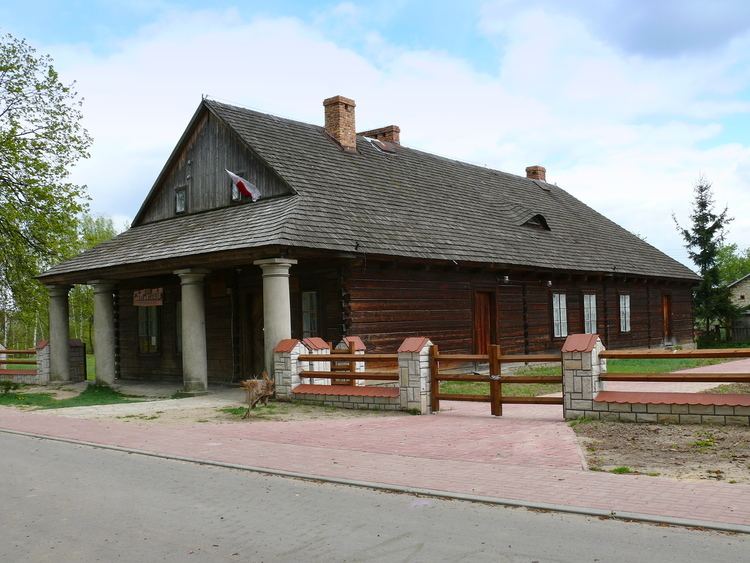Gmina Solec nad Wisłą | Population 1,650 Local time Sunday 6:28 AM | |
 | ||
Weather 2°C, Wind N at 16 km/h, 79% Humidity | ||
Solec nad Wisłą [ˈsɔlɛt͡s ˌnad ˈviswɔ̃] is a village in Lipsko County, Masovian Voivodeship, in east-central Poland. It is the seat of the gmina (administrative district) called Gmina Solec nad Wisłą. It lies approximately 8 kilometres (5 mi) east of Lipsko and 132 km (82 mi) south-east of Warsaw. The village has a population of 1,650, and is located on the Vistula river, in historic Lesser Poland. It used to be a town from 1347 to 1869. Even though technically a village, Solec maintains the character of a town, with a traditional market square, a feature of other ancient European towns.
Map of Solec nad Wis%C5%82%C4%85, Poland
In its early days, Solec used to be called Solca, and the name most probably comes from trading of salt, which took place here. The village was also called Solec Sandomierski and Solec Radomski, and in the 19th century, the name Solec nad Wisłą was accepted, to distinguish it from other places, such as Solec Kujawski.
Solec has a long history, it was first mentioned in 1138 in the Gniezno bull, and at that time, it belonged to the Archbishop of Gniezno. In the 12th century the village belonged to the Order of the Holy Sepulchre, and in 1325 it was purchased by King Władysław Łokietek. In 1347 King Kazimierz Wielki granted it Magdeburg rights, building here a castle and renovating a parish church.
In the 15th and 16th centuries Solec emerged as a local salt trade center. It organized fairs and enjoyed several privileges, confirmed by King Zygmunt Stary. In 1615-1627 Krzysztof Zbaraski rebuilt the castle in Renaissance style and founded a monastery. During the Swedish invasion of Poland (1655 - 1660) the prosperous town and the castle were completely destroyed - out of 246 houses, only 6 remained after the war. The town, which until the Partitions of Poland belonged to Lesser Poland’s Sandomierz Voivodeship, began to slowly recover in the 18th century. After the dissolution of Poland it was annexed first by Austria, and in 1815, by Russian-controlled Congress Poland. After the January Uprising Solec lost its town charter (1869), and has been a village since then.
Among points of interest there are:
